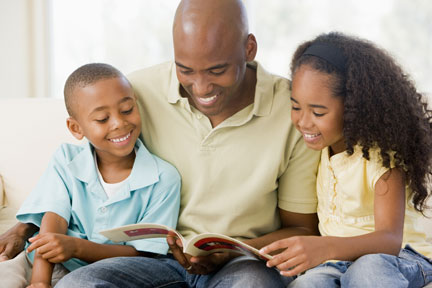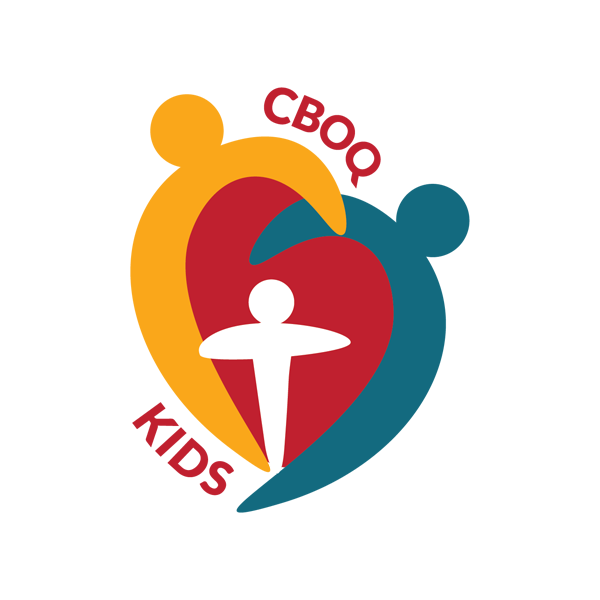
A Family Guide to The Lion the Witch and theWardrobe
“The Lion the Witch and the Wardrobe” is undoubtedly going to be an exciting read for you and your family but wouldn’t it be incredible if it was a novel that offered critical faith forming conversations for your family as well? The truth is that every aspect of this novel from the characters to the conversations to the plot provides a beautiful opportunity for you and your family to open up your bibles and dive into scripture. Every chapter offers you an opportunity to have important spiritual conversations with your kids about sacrifice, love and Jesus Christ himself. Wondering how to start those conversations with your kids? Here are a few really helpful questions that will allow your children to not only fall in love with the world of Narnia but also to see it as a means through which they discover more about their spiritual journey.
Discussion Questions as you read The Lion the Witch and the Wardrobe:
- When Tumnus first meets Lucy he plans on handing her over to the White Witch just as she has told him to. After getting to know Lucy Tumnus realizes she is a kind and sweet young girl who means him no harm and so he decides to let Lucy return home instead. Why is it important to take time to get to know someone instead of listening to what other people say about them?
- Since Edmund lied about going to Narnia he eventually had to lie about never meeting the White Witch. His lies began to snowball and before he knew it Edmund found himself in a world of trouble. When we start lying it can be very hard to stop. Can you think of three reasons why we shouldn’t tell lies?
- Can you remember a time when you made a mistake like Edmund did? What did you do to fix it? What do you think Edmund will do to fix his mistakes? What should Edmund have done differently?
- Peter and Susan eventually believe Lucy’s claims about Narnia but not until they see it with their own eyes. They believe her only once they have seen proof rather than trusting her. Who are the people in your life that you trust? Is it hard for you to trust what someone says if you can’t see what they’re talking about? Why is trust so important?
- What did Peter do when he realized he had made a mistake not listening to Lucy? Why is saying you’re sorry so important?
- Mr. and Mrs. Beaver take a big risk inviting the children into their home – What could go wrong because of this invitation? What are the good things that can happen?
- Mr. and Mrs. Beaver care for the children even though its hard choice to make. Can you think of a time when making the right choice may be hard? (I.e. hanging out with a new student at recess instead of your group of friends, standing up for someone, etc.)
- Peter, Susan and Lucy are worried about and concerned for Edmund when he disappears even after they discover he has betrayed them and want to go search for him immediately. How can we practice loving one another even when people upset us or hurt our feelings? How does the bible say we should respond to people who mistreat us?
- For older children: did you know that Aslan is a character who is just like someone else we know? Can you guess what Aslan’s name in our world is? I’ll give you a hint: who do you know came at the same time as Father Christmas?
- When Father Christmas arrives in Narnia he gives the children gifts that represent different parts of their personality. For example Lucy receives a cordial that allows her to heal anyone who is wounded. This gift demonstrates Lucy’s ability to have compassion for the people around her and shows she is good at taking care of others. What kinds of things are you good at? Are you good at encouraging people? Do you welcome new friends well? Are you really creative?
- When Edmund is rescued the children learn that the White Witch demands blood for Edmund’s Treachery. Aslan and the White Witch meet privately to discuss how this debt will be paid but the children pace frantically wondering what will happen to their brother. It’s hard for the four children to trust Aslan when they don’t know what is happening. Sometimes we don’t know what is happening either, we don’t know if we’ll pass a test, we don’t know if someone who is sick will get better and we don’t know if someone who is mad at us will be able to be our friend again. Just like the children had to trust Aslan we too have to learn to trust God. How can we trust God in our everyday lives?
- Do you know what the word Sacrifice means? (parent tip: Sacrifice is defined as “something given up or surrendered for the sake of something else” another definition states that sacrifice is “the act of giving up something you want to keep especially in order to get or do something else or to help someone”)
- Can you think of a time when you had to give something up for someone else? (i.e. Maybe you had to give up your turn with a toy because your friend wanted a turn, or maybe you gave up your turn to choose the family movie so that your brother or sister could choose?)
- Aslan sacrificed his life in order to save Edmund and the rest of Narnia – can you think of anyone else who gave up their life for everyone in our world?
- When Susan and Lucy realize Aslan is alive they are full of joy and excitement. Can you think of a time that you were really excited? What were you excited about?
This list of questions is a framework for the kind of discussions your family may want to have as you make your way through the novel. You can work through every question above or you can pick and choose the questions that you feel are most relevant to your child and your family. You may also find that some of the questions are too abstract or complicated if you are reading with a child who is 6 or 7 years old. Feel free to skip over any questions that are beyond them or re-word them and adapt the content to suit the needs of your family.
If you are looking for an additional resource to supplement your reading of the novel check out, “A Family Guide to The Lion the Witch and the Wardrobe” by Christin Ditchfield. The Family Guide is divided into 17 chapters that you read alongside the book. At the end of each chapter of the novel you read through the chapter from the Family Guide and it will highlight key biblical principles exhibited or discussed in the pages you read. Each chapter in the Family Guide has multiple subheadings that highlight specific pieces of information for you. Every chapter begins with a review of the “Biblical Parallels and Principles” and then moves onto one of two potential subheadings, either “Do You Know” or Think About It”. The Biblical Parallels section will provide a short synopsis of the chapter you read and then offer a short commentary on how the events in that chapter highlight something from the bible. For example Ditchfield writes in chapter 1, “Twice Lewis mentions that Lucy left the [wardrobe] door open ‘because she knew that it is a very foolish thing to shut oneself into any wardrobe.’ The Scriptures often remind us of the value of wisdom and caution: ‘A prudent man gives thought to his steps’ (Proverbs 14:15).” Once the biblical principle is fleshed out the “Do You Know” or “Think About It” section either asks children if they know of something in the bible that is just like what they are reading about or it contains questions that allow you to think more critically about that biblical principle and its application in your life. Every Chapter concludes with Scripture references that direct you to verses that correspond thematically to the biblical principles you are reading about. My best recommendation is that you not read from the Family Guide directly to your children but rather you read it in advance and use it as a framework for the conversations you have with your children at the conclusion of each chapter. I hope these questions prove to be beneficial to you and your family and that through this book and the time spent together as a family you gain a greater understanding of God’s heart and new sense of awe and wonder for who He is and how He loves.

+ There are no comments
Add yours